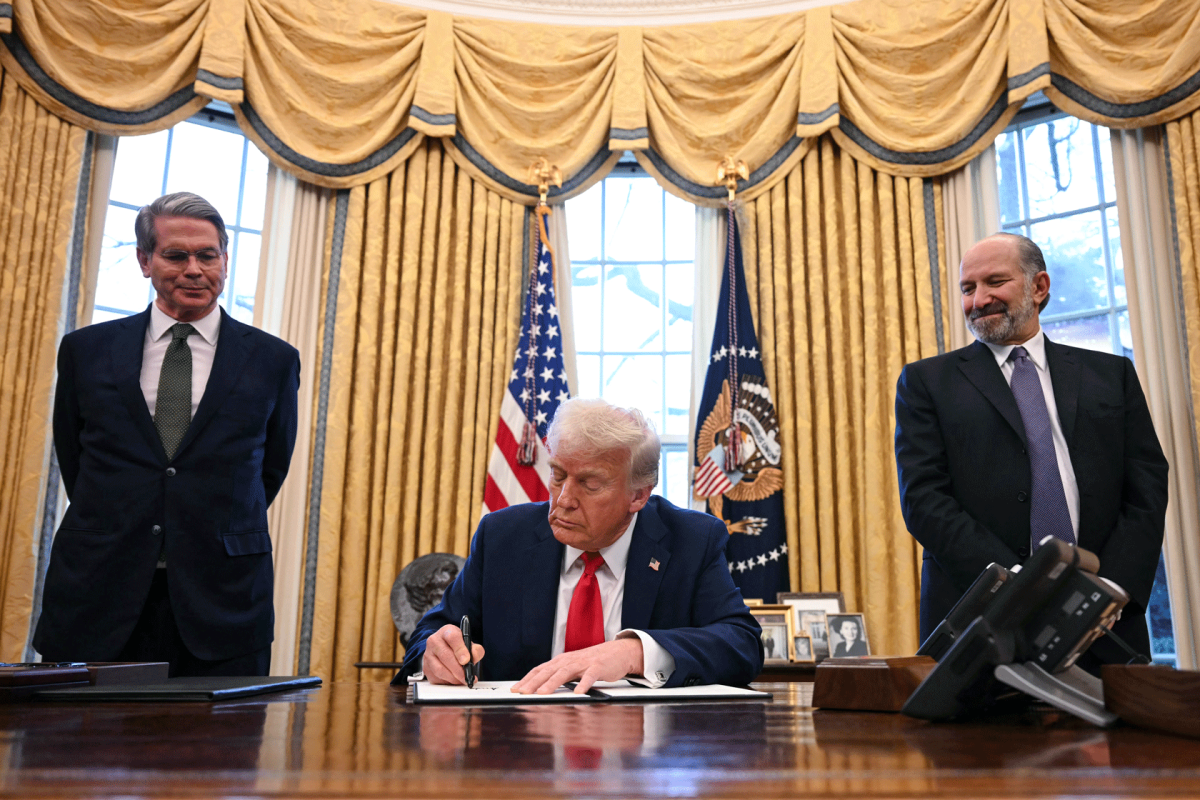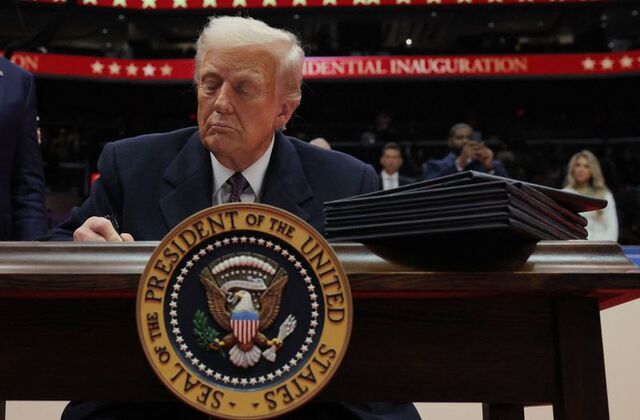In a move that could redefine the federal government’s role in financial markets, President Donald Trump signed an executive order earlier this month to create the first United States sovereign wealth fund (SWF). Modeled loosely on international examples, the fund would manage and invest federal assets to generate long-term returns and aim to reduce America’s reliance on an ever-expanding national debt.
Around the world, sovereign wealth funds are nothing new. Nations like Norway and the United Arab Emirates use them to convert oil profits and trade surpluses into long-term wealth. Norway’s Government Pension Fund Global—worth more than $1.5 trillion—has turned North Sea oil into a social safety net, funding public programs while protecting the economy from shocks.
But the U.S. is not Norway. It doesn’t have a nationalized oil industry or a consistent budget surplus. So how would an American SWF work?
Trump’s executive order proposes funding the initiative through tariffs, federal land sales, and privatization of public assets—raising eyebrows across the political spectrum. Critics worry that borrowing to seed the fund (because the U.S. has no surpluses to fund it) could worsen the national debt. Others say funneling public assets into a federal investment vehicle risks turning governance into speculation.
Yet supporters point to a key idea: return on investment. Treasury Secretary Scott Bessent, a former hedge fund manager, argues that a sovereign wealth fund could outperform the interest rate on U.S. debt. In an All-In interview, Bessent described how building wealth is smarter than simply paying off debt.
Some backers also frame the fund as a national safety net, a buffer against future crises. At the state level, North Dakota and Alaska have long used resource-backed funds to do just that. North Dakota’s Legacy Fund, established with oil tax revenues and championed by Governor Doug Burgum, helps stabilize the state budget and bankroll major infrastructure. Alaska’s Permanent Fund distributes annual dividends to residents and insulates the economy from oil price swings. Both are widely viewed as rare examples of long-term fiscal planning in the U.S.—the exception, not the rule.
Trump’s SWF would aim for similar resilience on a national scale, investing not only in traditional assets like stocks and bonds, but potentially in digital currencies and even strategic businesses. The administration has floated a possible acquisition of TikTok through the fund, sparking fierce criticism.
Economists and civil libertarians alike warn that using a government fund for corporate takeovers risks politicizing investment decisions, fearing a lack of oversight could lead to cronyism, insider dealing, or reckless bets with taxpayer-backed money.
Still, advocates argue that if done right, a U.S. SWF could reduce the need for future bailouts or emergency stimulus packages. Instead of reacting to downturns, the fund could proactively invest in education, infrastructure, and energy transition, making the economy more self-sufficient and future-ready.
The success of such a fund will depend on more than performance. It will need good governance, strict independence from politics, and transparency to earn public trust. Without those, what’s advertised as a sovereign safety net could become just another Washington slush fund.
What’s clear is that the U.S. is entering uncharted territory. Whether the sovereign wealth fund becomes a cornerstone of long-term stability or a cautionary tale of financial overreach may define the economic legacy of the Trump presidency—and reshape how America thinks about wealth, debt, and the role of government.




